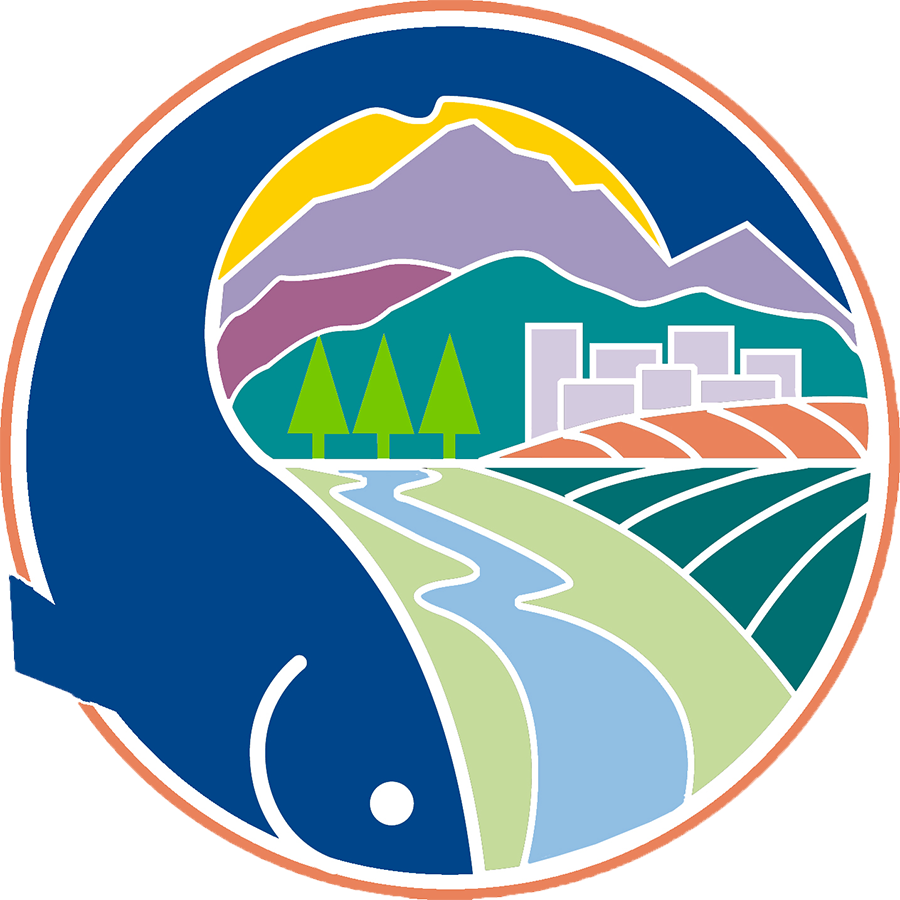
This page is an abbreviated resource for the Oregon Plan for Salmon and Watersheds (OPSW). Those interested in a more in-depth look at the history of the Plan are encouraged to search the
digital files of the Oregon State Library.
Mission
Restoring our native fish populations and the aquatic systems that support them to productive and sustainable levels that will provide substantial environmental, cultural, and economic benefits.
Background
Salmon have great cultural, economic, and recreational importance to Oregonians. They are important indicators of watershed health. In 1997, state leaders established the Oregon Plan for Salmon and Watersheds to restore salmon and watershed health.
The Oregon Plan for Salmon and Watersheds includes specific actions. These actions address the factors that affect fish populations and watershed health. Most of these actions focus on water quality, stream flows, and habitat restoration.
Agencies, private citizens, and organizations across Oregon have worked together on solutions. Watershed councils and soil and water conservation districts have led efforts in many watersheds.
Independent Multidisciplinary Science Team (IMST)
The Oregon Legislature and Governor John Kitzhaber established the IMST on March 25, 1997. The Team developed a science-based framework to support salmon recovery.
Senate Bill 202 abolished the IMST on January 1, 2017. To view IMST documents, please search the
Oregon State Library.
Monitoring for the Oregon Plan
State natural resource agencies developed a statewide
monitoring program for the Oregon Plan for Salmon and Watersheds.
Salmon Plate
When you buy a salmon license plate, part of the fees support salmon recovery. The Oregon Watershed Enhancement Board and Oregon State Parks and Recreation Department invest the fees in activities that protect and restore native salmon habitat. To purchase a
salmon plate or visit the
Oregon DMV.
Contact
Please direct questions or comments to
Audrey Hatch, Conservation Outcomes Coordinator, 971-345-7002.